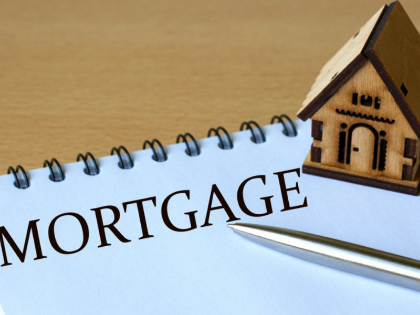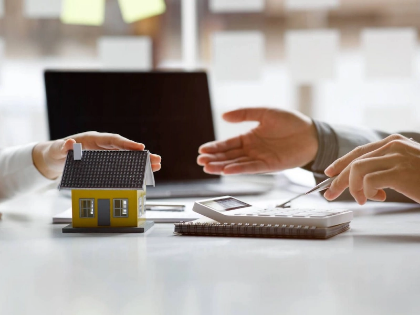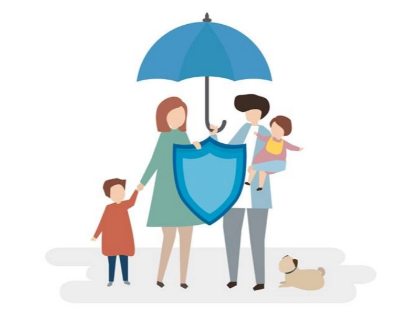Accidents involving Slip and Fall: Establishing Negligence and Pursuing Justice
Slip-and-fall incidents can happen in a number of settings, such as public areas, private residences, and commercial buildings. It is necessary to demonstrate the property owner's negligence in order to obtain just compensation for your damages. You can gather proof and submit your case with the assistance of an experienced lawyer. This entails getting witness accounts, looking through security footage, and examining medical documents.
Obligation to Exercise Care
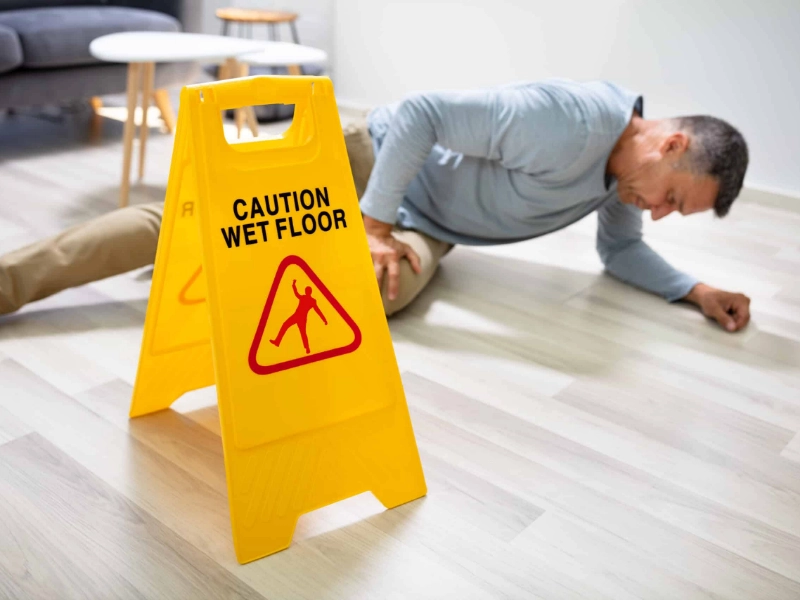
Damages
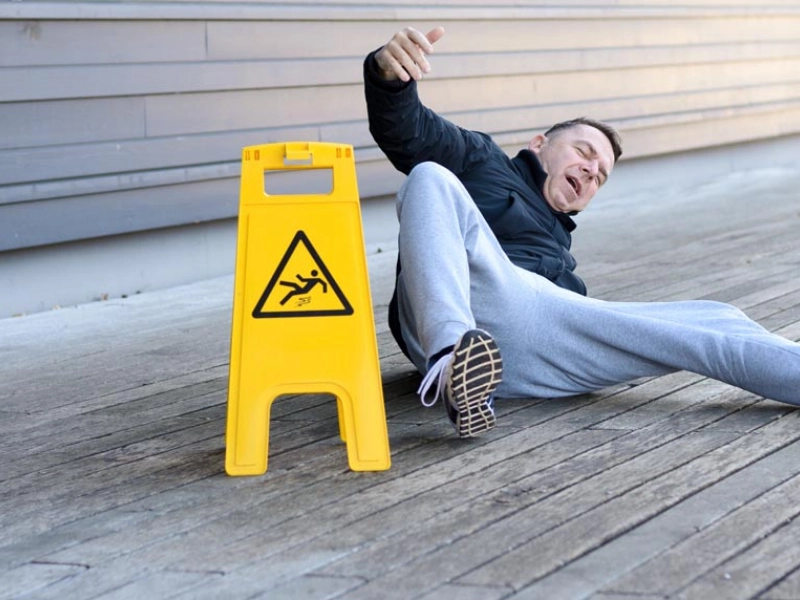 Accidents involving slips and falls can leave victims with severe injuries that last a lifetime. The cost of medical care, lost income from missed work, and diminished quality of life can soon mount up. All of them fall under the category of damages and are covered by the legal framework that permits compensation.
It is possible to prove damages with direct or indirect evidence. Video recordings and eyewitness accounts are examples of direct evidence. You can obtain circumstantial evidence by looking through incident reports, security footage, and other pertinent documents.
In order to demonstrate negligence, the plaintiff must show that the defendant owed them a duty of care, that duty of care was breached, and that the plaintiff's injuries were the result. Furthermore, the plaintiff needs to prove causation, or that the defendant's acts caused their injuries in a direct and immediate manner. Having an experienced lawyer on your side might assist you in proving these points in court. This is especially crucial because filing a lawsuit for personal injury claims requires meeting certain statutes of limitations.
Accidents involving slips and falls can leave victims with severe injuries that last a lifetime. The cost of medical care, lost income from missed work, and diminished quality of life can soon mount up. All of them fall under the category of damages and are covered by the legal framework that permits compensation.
It is possible to prove damages with direct or indirect evidence. Video recordings and eyewitness accounts are examples of direct evidence. You can obtain circumstantial evidence by looking through incident reports, security footage, and other pertinent documents.
In order to demonstrate negligence, the plaintiff must show that the defendant owed them a duty of care, that duty of care was breached, and that the plaintiff's injuries were the result. Furthermore, the plaintiff needs to prove causation, or that the defendant's acts caused their injuries in a direct and immediate manner. Having an experienced lawyer on your side might assist you in proving these points in court. This is especially crucial because filing a lawsuit for personal injury claims requires meeting certain statutes of limitations.
Violation
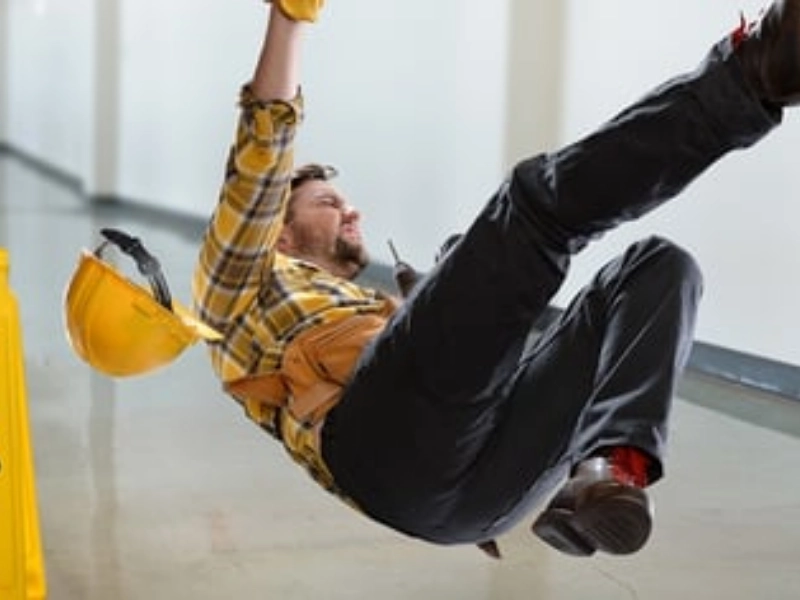 The first stage in demonstrating negligence in a slip-and-fall case is to establish that the occupier or property owner owed you a duty of care. Next, you have to demonstrate that they violated this obligation by either neglecting to address a dangerous condition or by not giving enough notice of the issue.
If there is a circumstance that the owner of the property might have reasonably predicted could lead someone to trip and fall, they are required to take precautions to either eliminate the risk or alert guests to it by putting up obvious warning signs or roped-off sections. For instance, it needs to be fixed right away if a retailer washes the floor and leaves water splattered on the walkways.
Finally, you need to establish causation, which shows that the property owner's negligence directly resulted in your injuries. Photographs, eyewitness accounts, incident reports, and medical records are examples of the proof needed for this. Your attorney can assist you in obtaining the proof you need to support this portion of your claim.
The first stage in demonstrating negligence in a slip-and-fall case is to establish that the occupier or property owner owed you a duty of care. Next, you have to demonstrate that they violated this obligation by either neglecting to address a dangerous condition or by not giving enough notice of the issue.
If there is a circumstance that the owner of the property might have reasonably predicted could lead someone to trip and fall, they are required to take precautions to either eliminate the risk or alert guests to it by putting up obvious warning signs or roped-off sections. For instance, it needs to be fixed right away if a retailer washes the floor and leaves water splattered on the walkways.
Finally, you need to establish causation, which shows that the property owner's negligence directly resulted in your injuries. Photographs, eyewitness accounts, incident reports, and medical records are examples of the proof needed for this. Your attorney can assist you in obtaining the proof you need to support this portion of your claim.
Reasoning
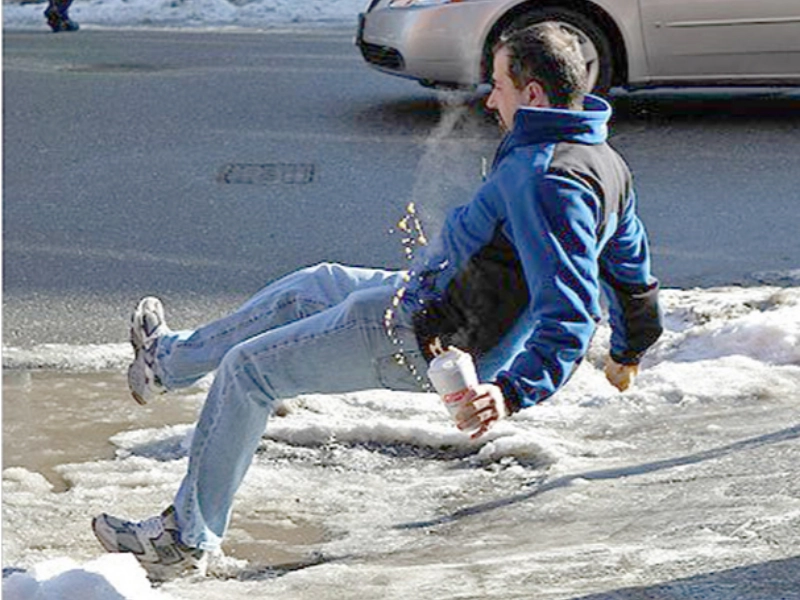 Although slip-and-fall incidents are usually written off as silly accidents, the injuries they cause can have major emotional, psychological, and financial repercussions. Obtaining compensation requires proving negligence.
Establishing that the person who caused the negligence owes you a duty of care is the first step in proving negligence. This implies that they had a legal duty to ensure that their property was safe and free of risks and other dangers.
Additionally, evidence of the property owner's violation of this duty of care must be shown. This can be demonstrated by demonstrating that they were aware of the risk and took no action to address it, alert you to it, or stop your injury. The person at fault could occasionally contend that your activities were a factor in the accident and injuries you sustained. This is known as comparative negligence, and according to state law, the amount you are awarded may be restricted depending on how much of your personal injury was your fault.
Although slip-and-fall incidents are usually written off as silly accidents, the injuries they cause can have major emotional, psychological, and financial repercussions. Obtaining compensation requires proving negligence.
Establishing that the person who caused the negligence owes you a duty of care is the first step in proving negligence. This implies that they had a legal duty to ensure that their property was safe and free of risks and other dangers.
Additionally, evidence of the property owner's violation of this duty of care must be shown. This can be demonstrated by demonstrating that they were aware of the risk and took no action to address it, alert you to it, or stop your injury. The person at fault could occasionally contend that your activities were a factor in the accident and injuries you sustained. This is known as comparative negligence, and according to state law, the amount you are awarded may be restricted depending on how much of your personal injury was your fault.






